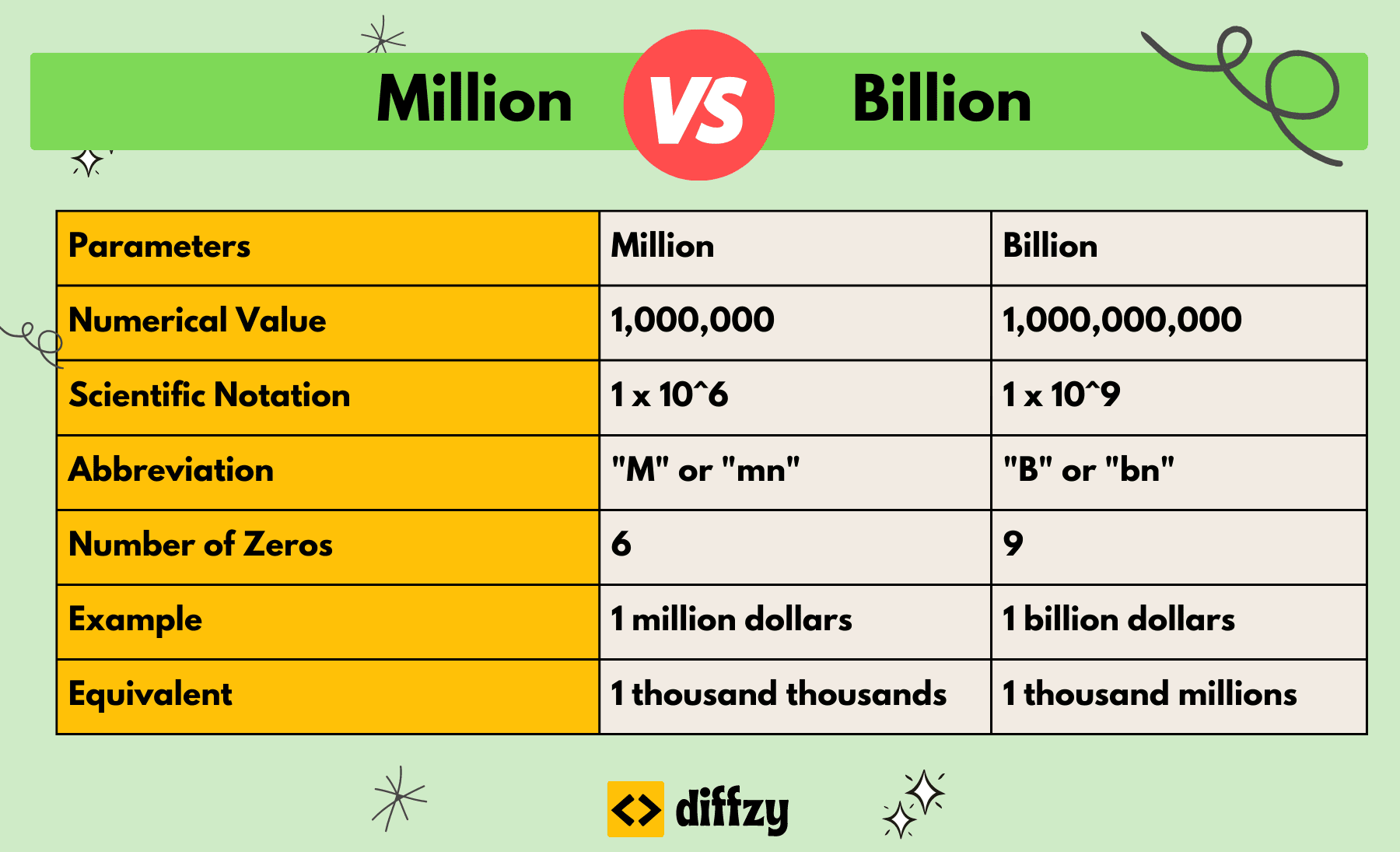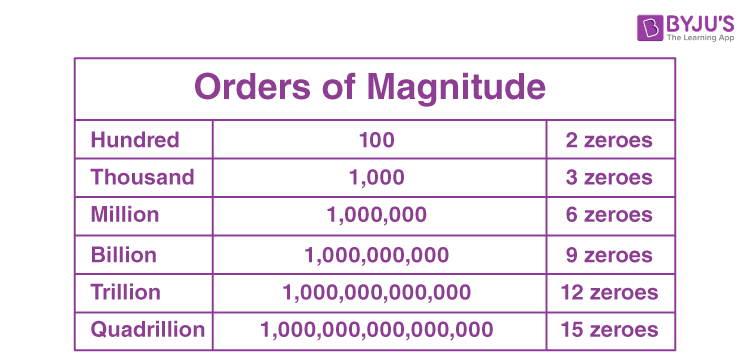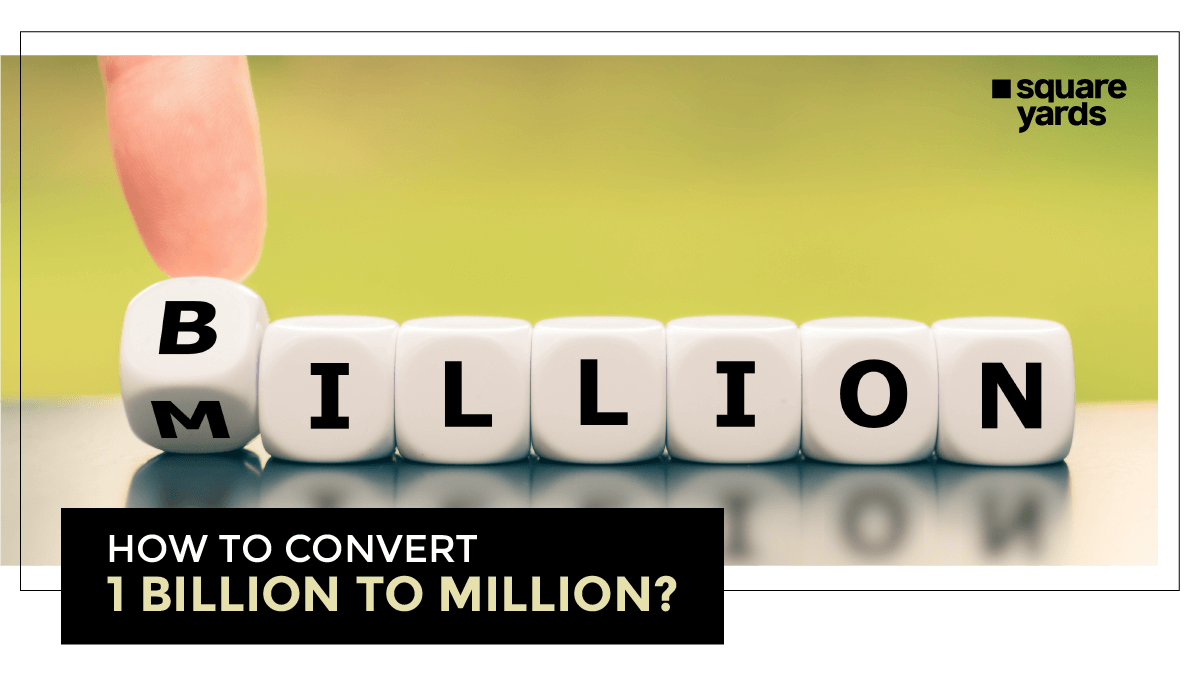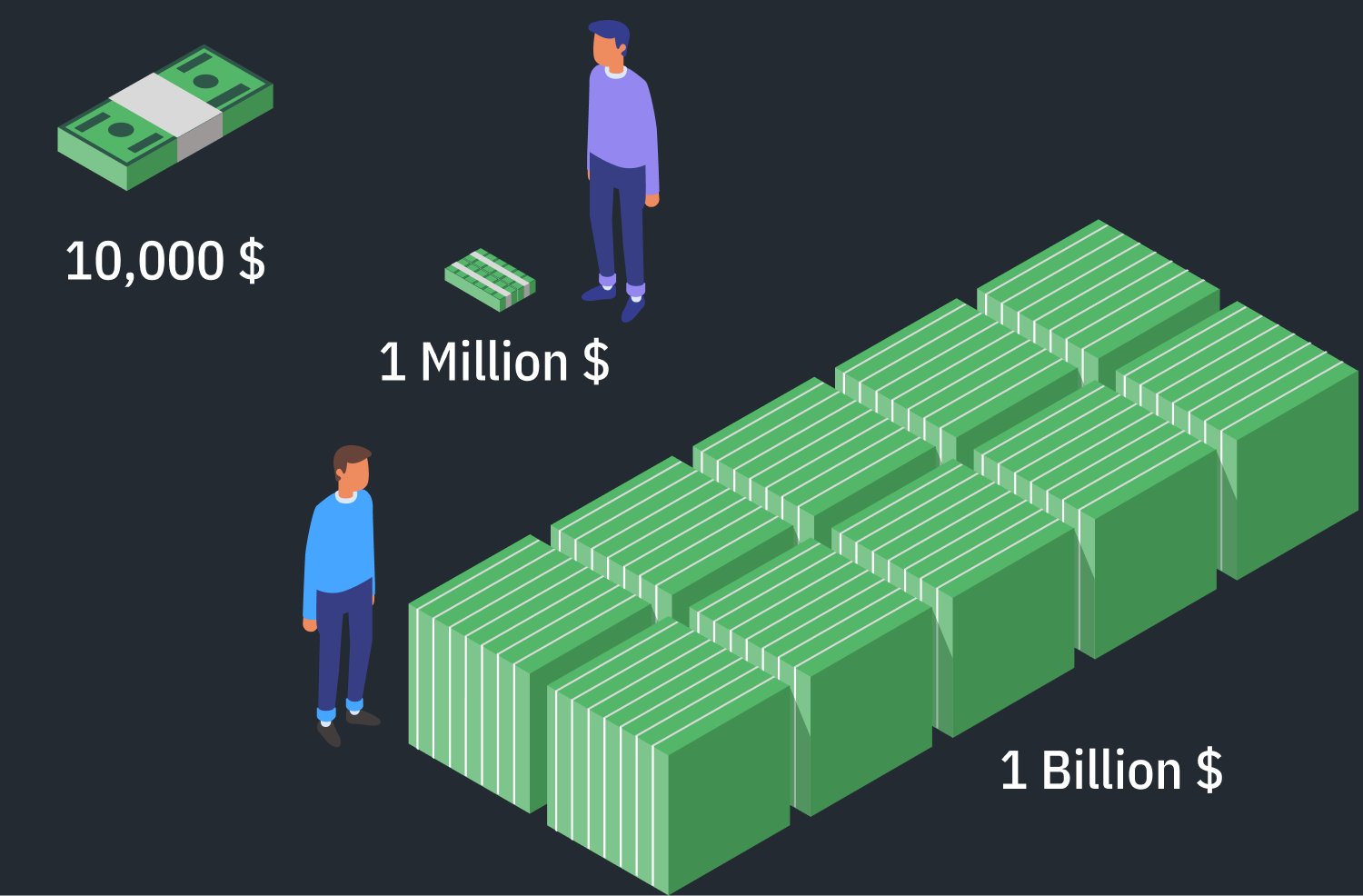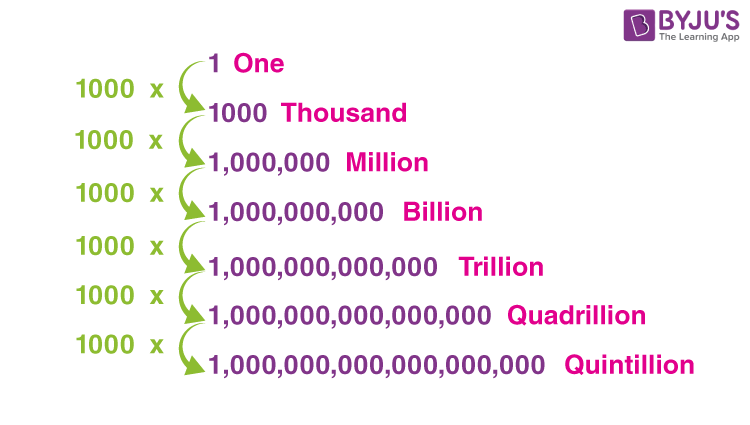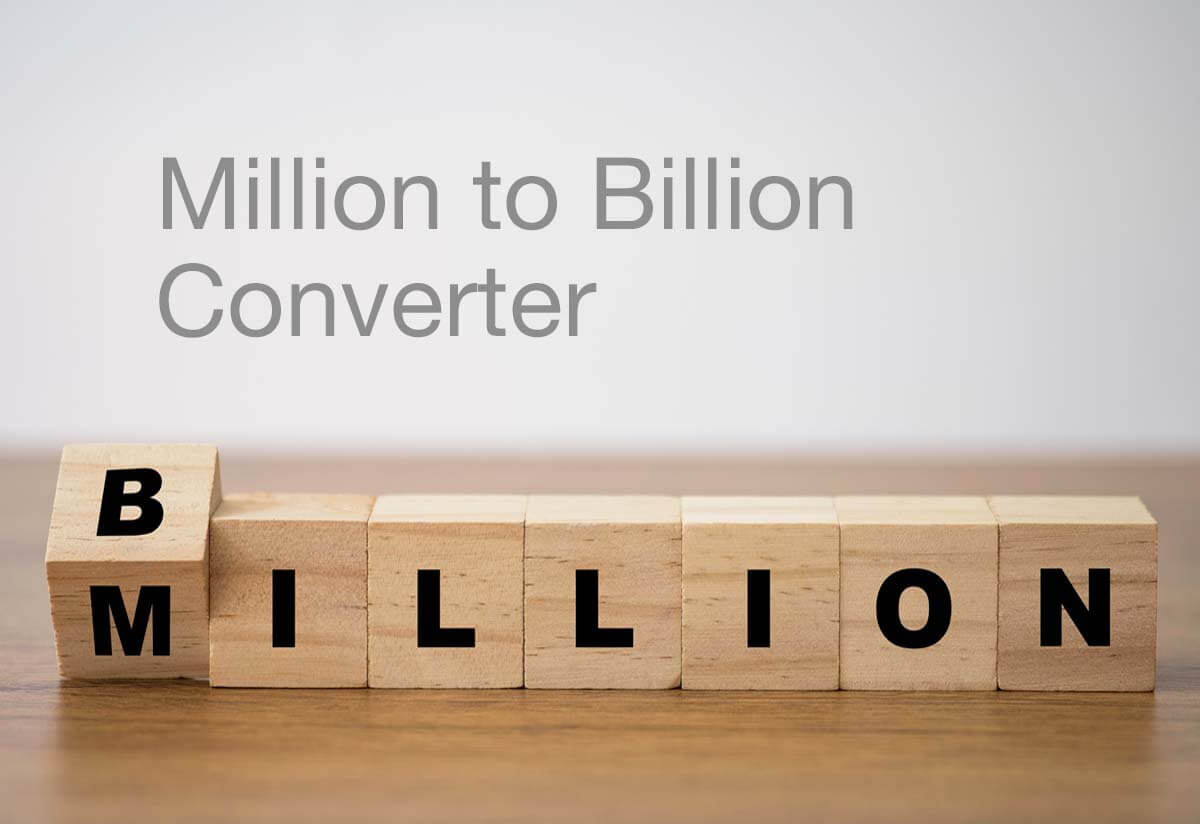2 Billion Divided By 300 Million

The stark reality of wealth inequality continues to dominate global discourse, and the simple equation of 2 billion divided by 300 million – roughly $6,667 – serves as a chilling reminder of the vast disparities in wealth distribution. While this number represents a hypothetical average if two billion dollars were evenly distributed among 300 million people, it obscures the fact that such equality is far from the current state of affairs.
This article delves into the implications of this calculation, examining the underlying factors that contribute to wealth concentration and exploring potential solutions to address this growing global challenge. The exploration will analyze economic indicators, policy impacts, and societal consequences to provide a comprehensive understanding of the issue. The goal is to shed light on the complexities of wealth distribution and the potential pathways toward a more equitable future.
The Illusion of Average: Exposing the Reality of Wealth Concentration
The calculation of $6,667 per person, while seemingly straightforward, offers a misleading picture. In reality, wealth is not evenly spread; a significant portion is held by a small percentage of the population. This concentration distorts the average, making it a poor indicator of the actual economic conditions experienced by most individuals.
Studies by organizations like Oxfam consistently reveal that the world's wealthiest individuals possess a disproportionate share of global assets. This creates a situation where the vast majority struggle to accumulate wealth, while a select few control immense resources.
This concentration isn't accidental; it's a product of various systemic factors. Understanding these factors is crucial to addressing the issue effectively.
Key Drivers of Wealth Inequality
Several factors contribute to the uneven distribution of wealth. Inheritance plays a significant role, allowing wealth to be passed down through generations, perpetuating existing inequalities.
The financial system, with its inherent biases, often favors those who already possess capital. Investment opportunities and access to credit are not equally available to everyone.
Tax policies, particularly those related to capital gains and inheritance, can either exacerbate or mitigate wealth inequality. Lower tax rates on capital gains, for example, disproportionately benefit the wealthy.
Globalization, while creating opportunities for economic growth, has also contributed to the widening gap. The increasing mobility of capital allows wealthy individuals and corporations to avoid taxation and regulations in their home countries.
Technology's disruptive power is also a key factor. Automation and the rise of the gig economy have resulted in wage stagnation and job insecurity for many, while those who own the technology or possess specialized skills benefit greatly.
The Societal Consequences of Wealth Disparity
High levels of wealth inequality have far-reaching societal consequences. It can erode social cohesion, leading to increased crime rates and political instability.
Access to essential services, such as healthcare and education, becomes unequal, perpetuating a cycle of poverty and disadvantage. This creates a two-tiered system, where opportunities are limited for those from lower socioeconomic backgrounds.
The economic consequences are also significant. Concentrated wealth can lead to underconsumption, as the wealthy tend to save a larger percentage of their income, reducing overall demand in the economy.
This can hinder economic growth and lead to increased economic instability. The absence of broad-based prosperity creates a fragile economic system that is vulnerable to shocks.
Addressing the Challenge: Potential Solutions
Addressing wealth inequality requires a multi-faceted approach. Progressive taxation, including higher taxes on wealth, inheritance, and capital gains, is often proposed as a means of redistributing resources.
Investments in education and skills training can help to level the playing field, providing opportunities for individuals from disadvantaged backgrounds to climb the economic ladder. Increased access to quality education empowers individuals and promotes social mobility.
Strengthening labor protections and raising the minimum wage can ensure that workers receive a fair share of the economic pie. This can help to reduce income inequality and improve living standards for low-wage earners.
Regulations aimed at curbing tax avoidance and financial speculation can help to prevent the further concentration of wealth. Increased transparency and accountability in the financial sector are essential.
Promoting inclusive growth strategies that prioritize the needs of marginalized communities can help to reduce disparities. This requires a shift in policy focus towards greater equity and opportunity.
Moving Forward: A Call for Action
The simple arithmetic of 2 billion divided by 300 million serves as a stark reminder of the urgent need to address wealth inequality. Ignoring this challenge will lead to further social, economic, and political instability.
A collective effort involving governments, businesses, and civil society organizations is required to create a more equitable and sustainable future. This requires a fundamental shift in mindset and a willingness to challenge the status quo.
By implementing policies that promote fair distribution, invest in human capital, and ensure economic opportunity for all, we can create a society where everyone has the chance to thrive. The time for action is now.




:max_bytes(150000):strip_icc()/BiggerThanMillion-58b734085f9b5880803990ff.jpg)

